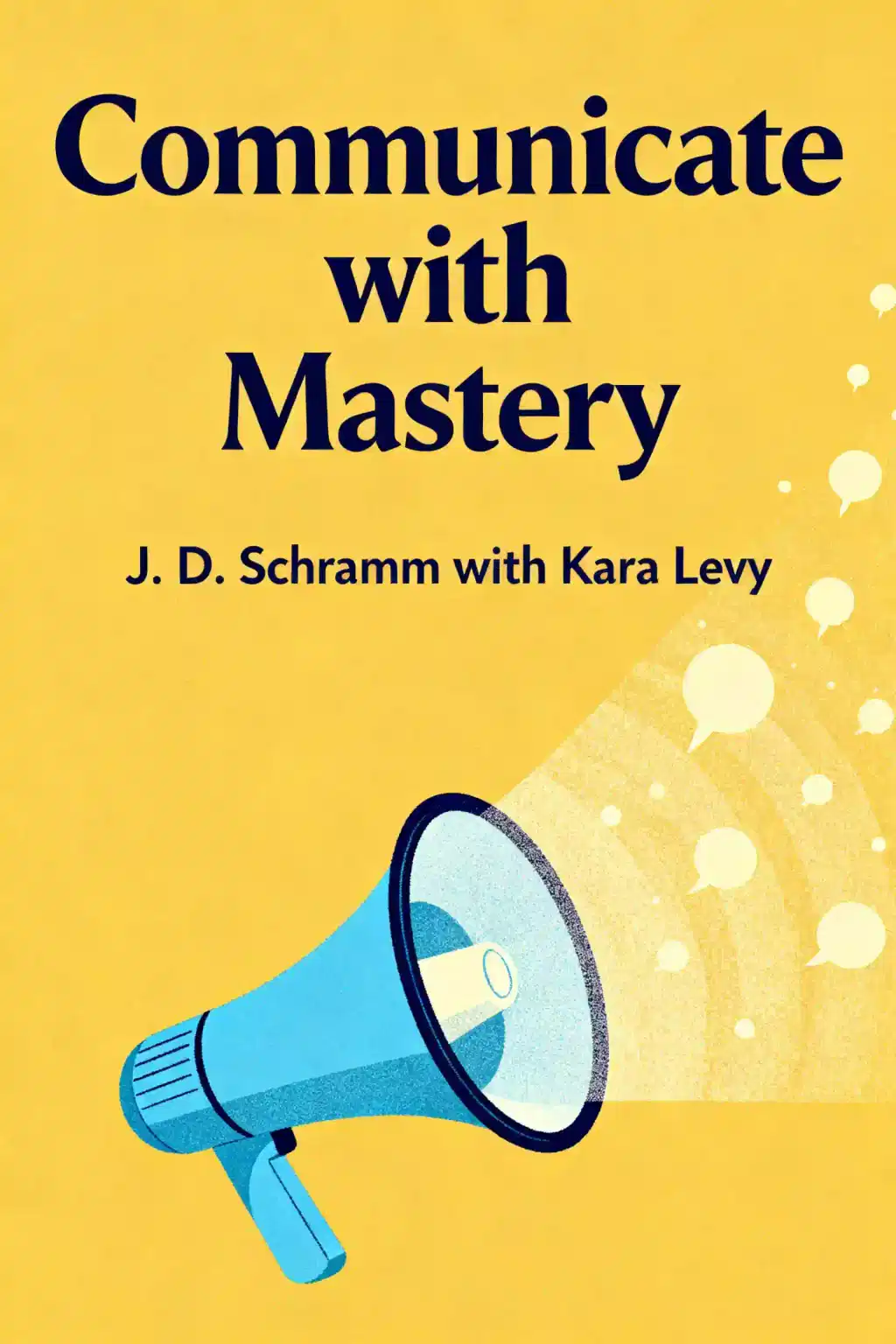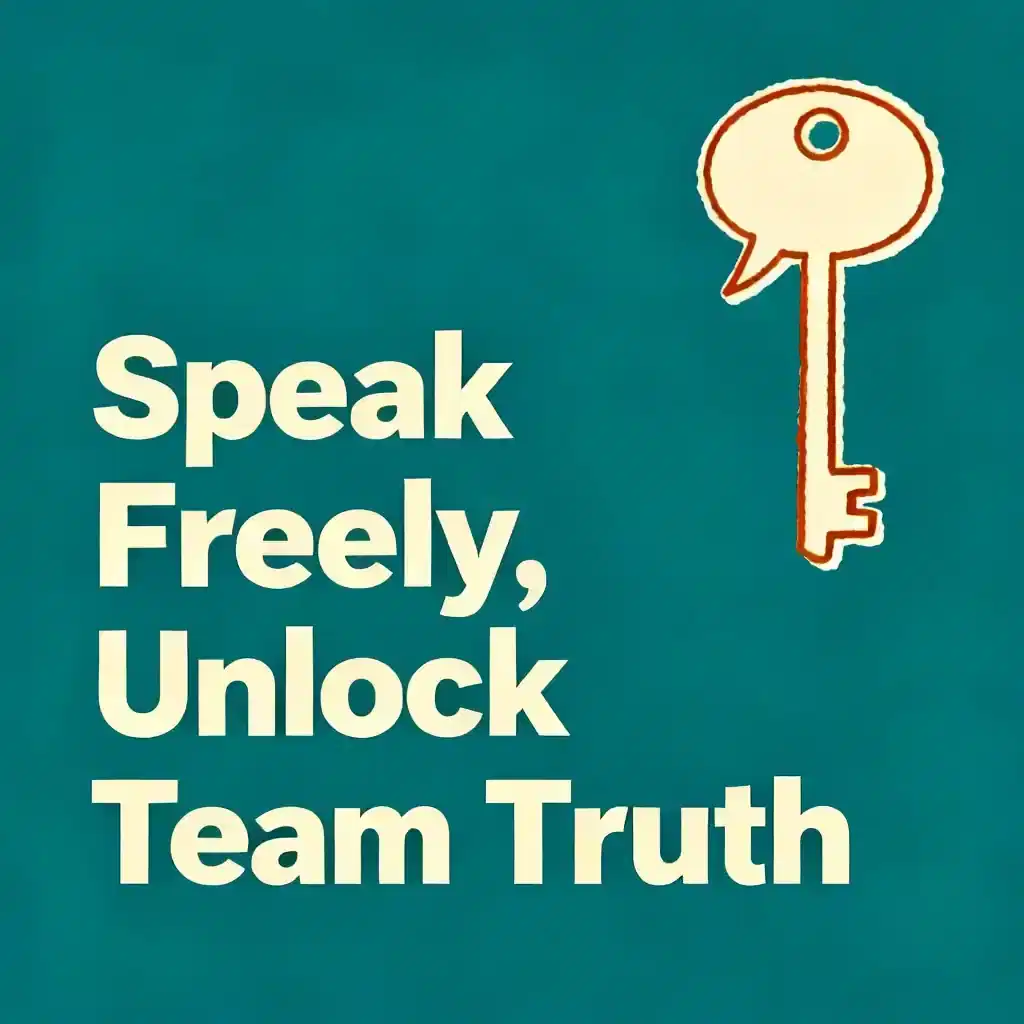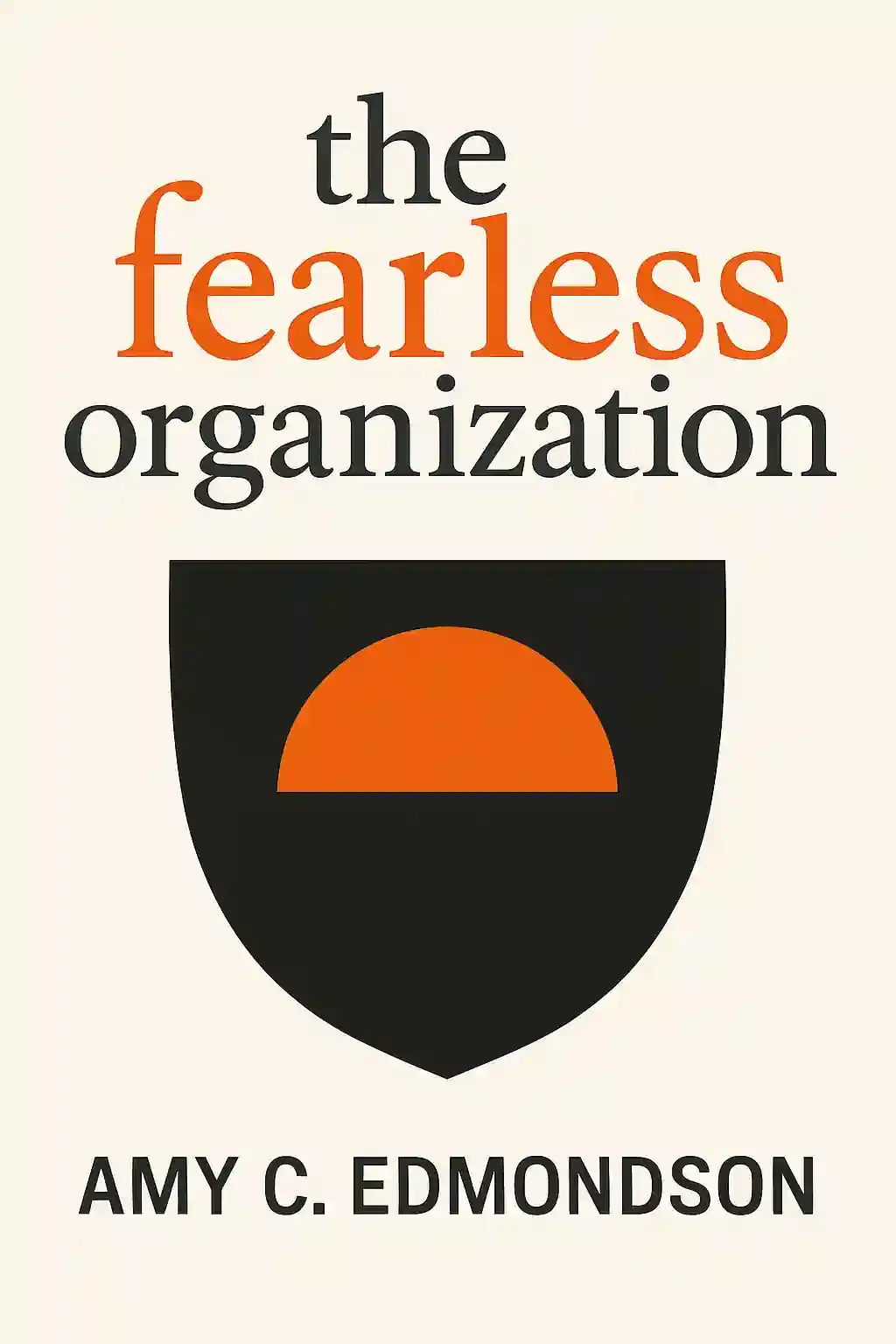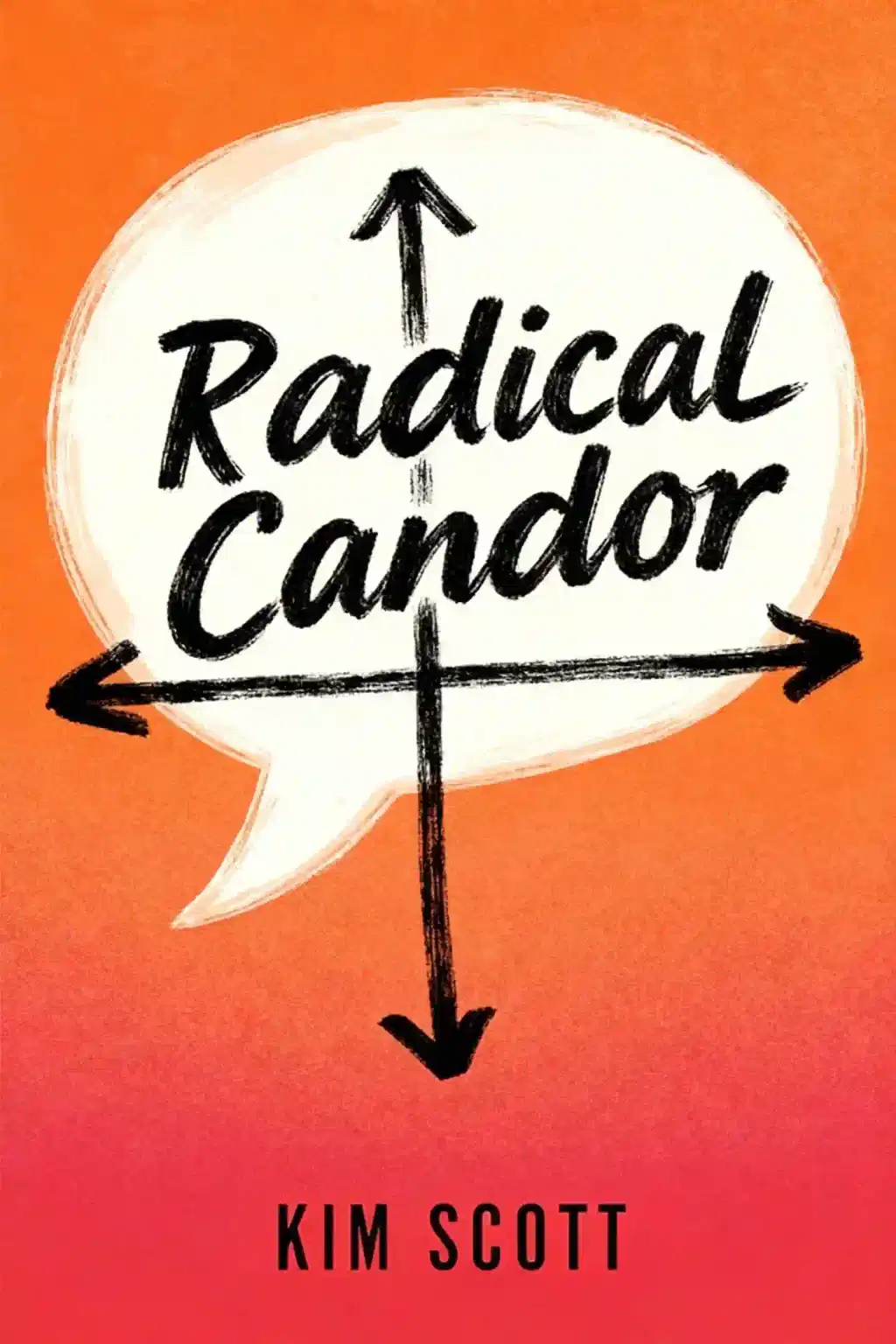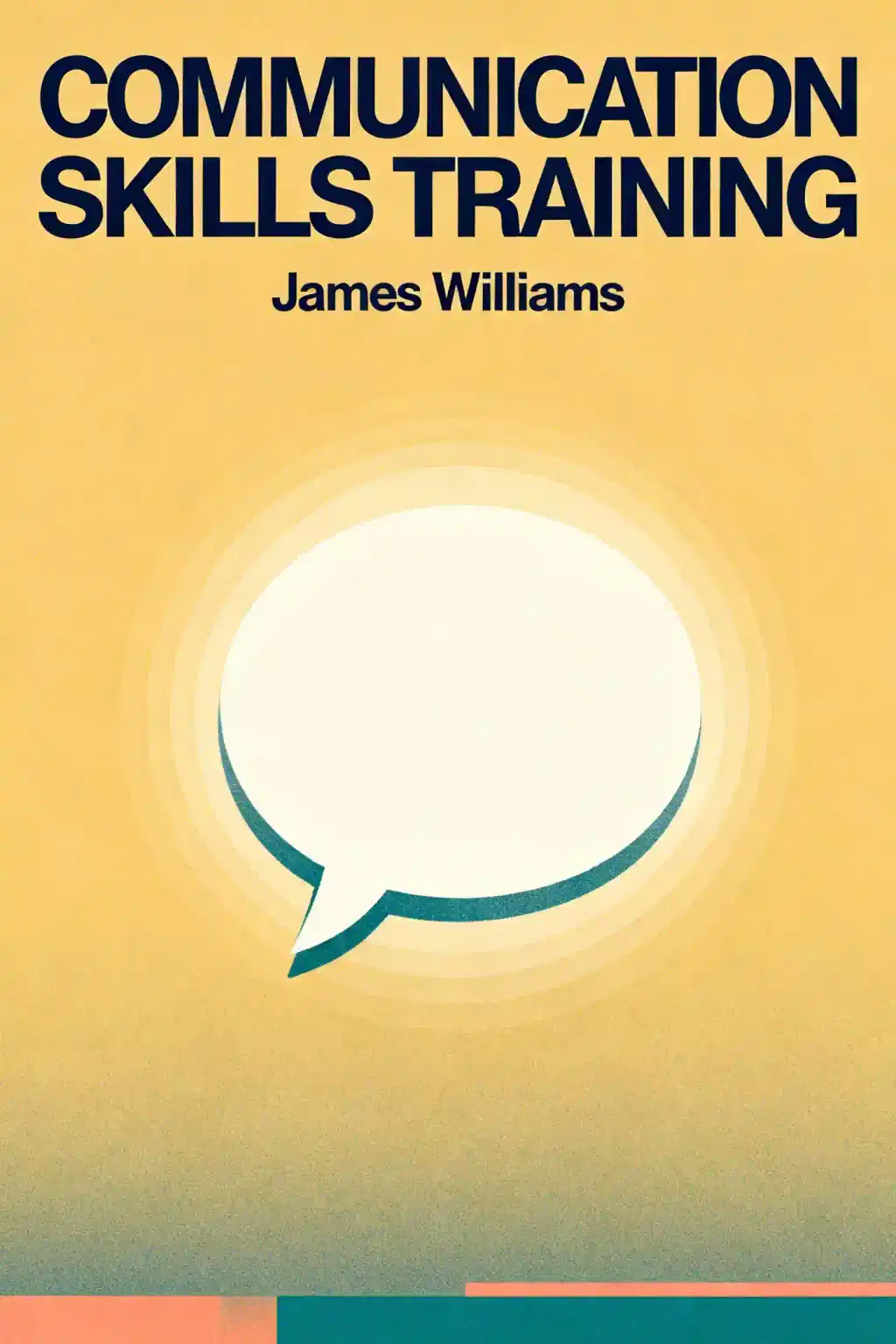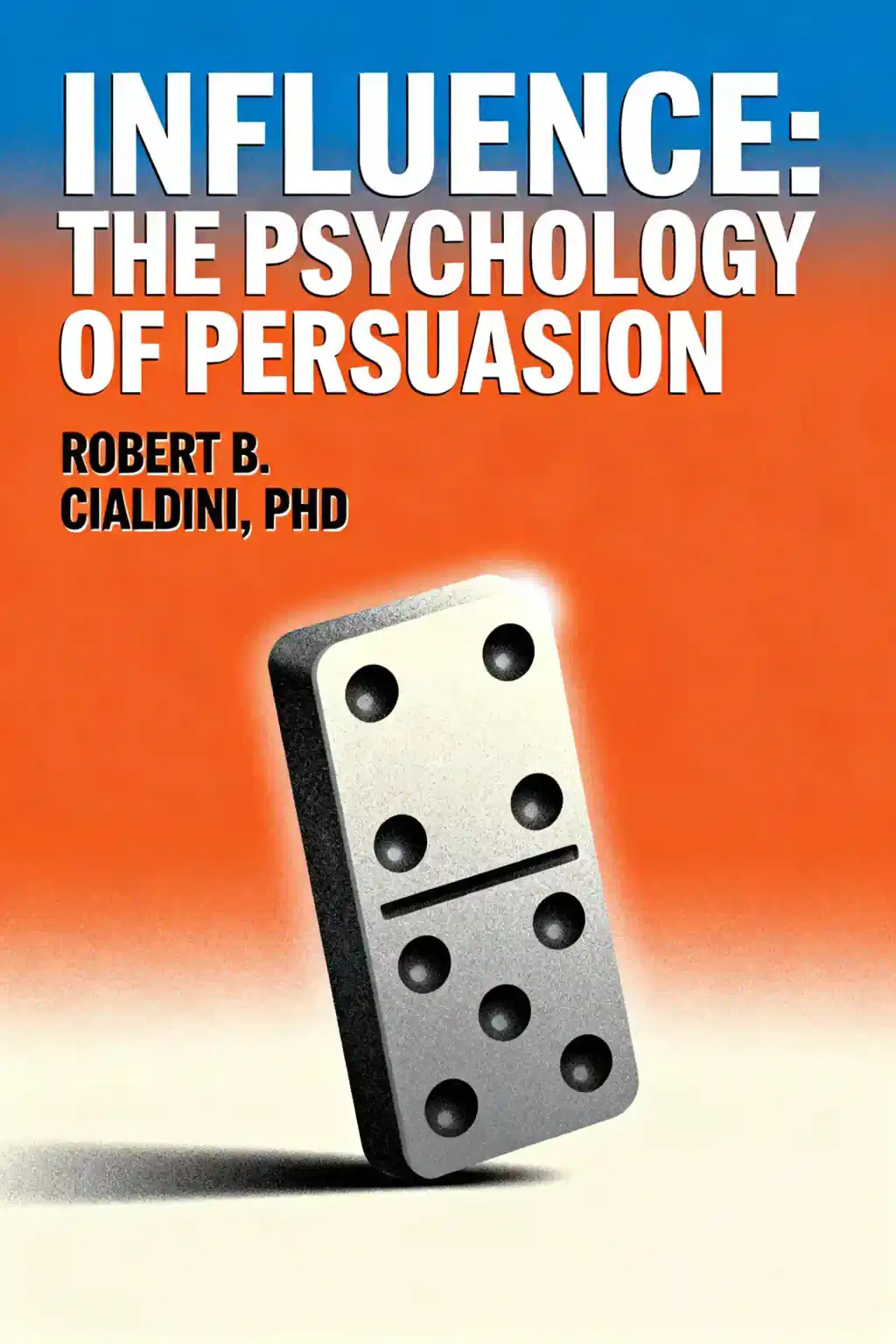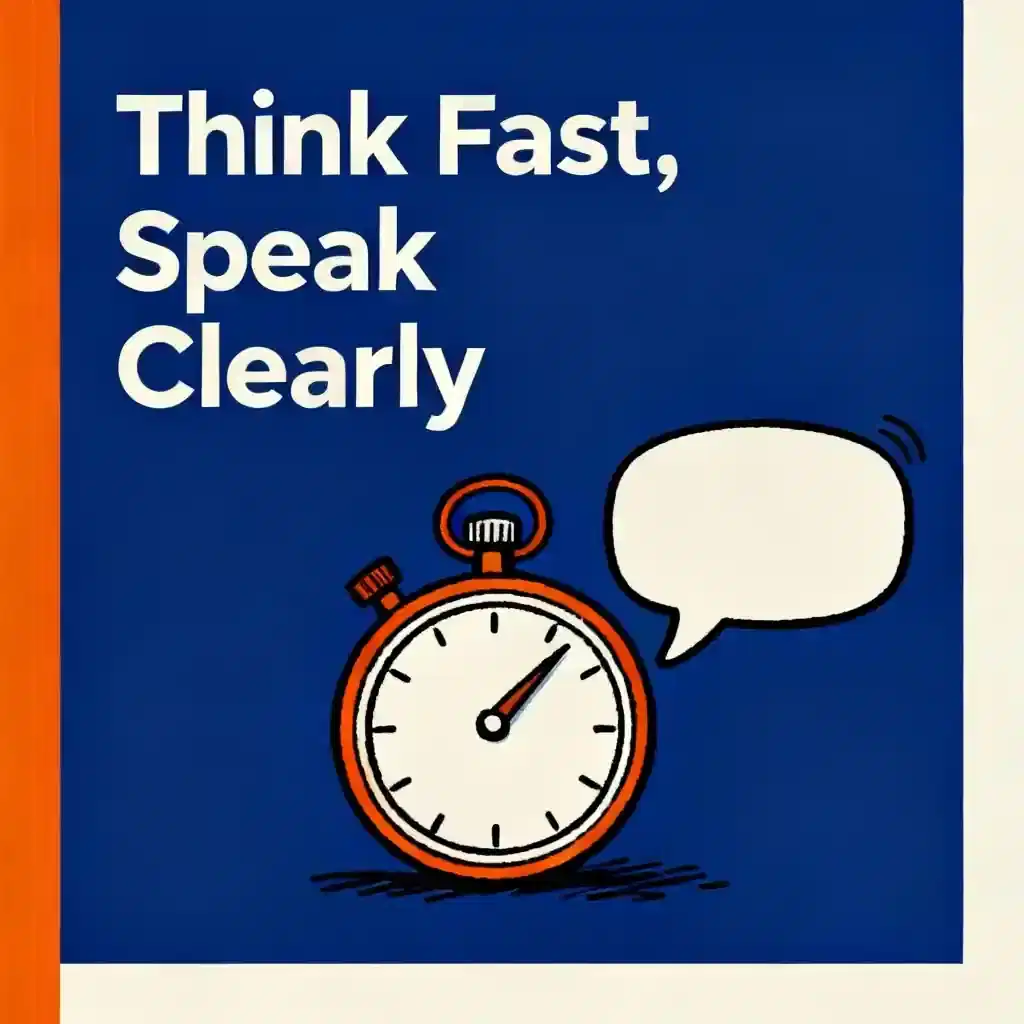What is
Secrets of Dynamic Communications by Ken Davis about?
Secrets of Dynamic Communications teaches the SCORRE method (Subject, Central Theme, Objective, Rationale, Evaluation) to craft focused, impactful speeches. It emphasizes eliminating clutter, refining core messages, and mastering delivery through physical/emotional engagement. The book blends preparation strategies with actionable tips for confident public speaking, aiming to transform complex ideas into memorable presentations.
Who should read
Secrets of Dynamic Communications?
This book suits professionals, educators, entrepreneurs, and anyone seeking to improve public speaking. It’s particularly valuable for novice speakers needing structured frameworks and experienced communicators aiming to refine their delivery. Ken Davis’s practical advice applies to business pitches, academic lectures, and inspirational talks.
Is
Secrets of Dynamic Communications worth reading?
Yes—it’s a concise, actionable guide praised for its SCORRE framework, which simplifies speechwriting. Readers gain tools to avoid information overload, connect emotionally with audiences, and practice effectively. The blend of theory and real-world examples makes it a standout resource for persuasive communication.
How does the SCORRE method work in
Secrets of Dynamic Communications?
The SCORRE method involves:
- Subject: Narrowing your topic to one phrase (e.g., “leadership resilience”).
- Central Theme: Crafting a purpose statement (“Resilient leaders adapt under pressure”).
- Objective: Defining desired audience action.
- Rationale: Supporting arguments with stories/data.
- Evaluation: Testing clarity and impact.
What are the key public speaking tips from Ken Davis?
Davis stresses:
- Focus: Trim excess details to amplify core messages.
- Preparation: Rehearse speeches aloud to refine pacing.
- Delivery: Use gestures, eye contact, and vocal variety.
- Audience Awareness: Tailor content to listeners’ needs.
How can
Secrets of Dynamic Communications help with remote presentations?
The book’s emphasis on clarity and emotional connection applies to virtual settings: structuring concise messages, using visual aids purposefully, and modulating tone for digital fatigue. Davis’s SCORRE method helps speakers avoid Zoom-era monotony.
What are the main criticisms of
Secrets of Dynamic Communications?
Some readers find the SCORRE framework overly rigid for creative speakers. Others note the book focuses more on preparation than handling Q&A or technical glitches. However, most praise its practicality for foundational skills.
How does this book compare to
Talk Like TED by Carmine Gallo?
While both teach persuasive speaking, Davis’s book prioritizes structured message development (SCORRE), whereas Gallo emphasizes storytelling and emotional hooks. Secrets of Dynamic Communications is better for organizing content, Talk Like TED for engaging delivery.
What are iconic quotes from
Secrets of Dynamic Communications?
- “A speech cluttered with facts is a speech forgotten.”
- “Practice until your delivery feels natural, not rehearsed.”
- “The audience’s needs, not your expertise, should drive your content.”
How does Ken Davis’s background influence the book?
Davis, a seasoned speaker and founder of Dynamic Communicators International, draws from decades of coaching Fortune 500 leaders. His humor and focus on relatability reflect his radio/TV experience, making complex concepts accessible.
Can
Secrets of Dynamic Communications help with non-verbal communication?
Yes—it details posture, gesture zones, and eye contact to project confidence. Davis advises mirroring audience energy levels and using pauses effectively, which builds trust and engagement.
Why is
Secrets of Dynamic Communications relevant in 2025?
Amid remote work and AI-generated content, the book’s human-centric principles—clarity, empathy, and authenticity—help speakers stand out. Its SCORRE method adapts well to podcasts, webinars, and hybrid events.





